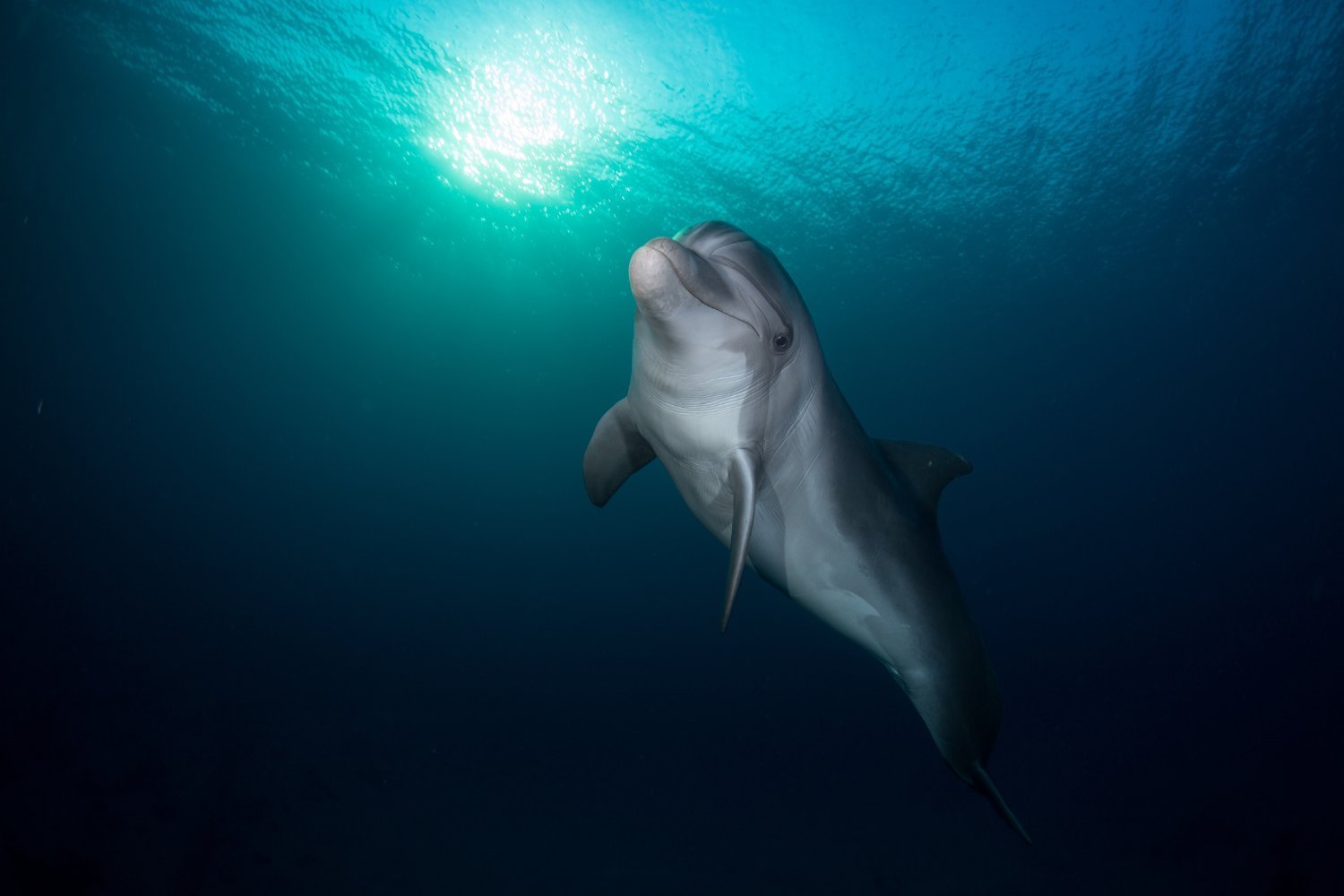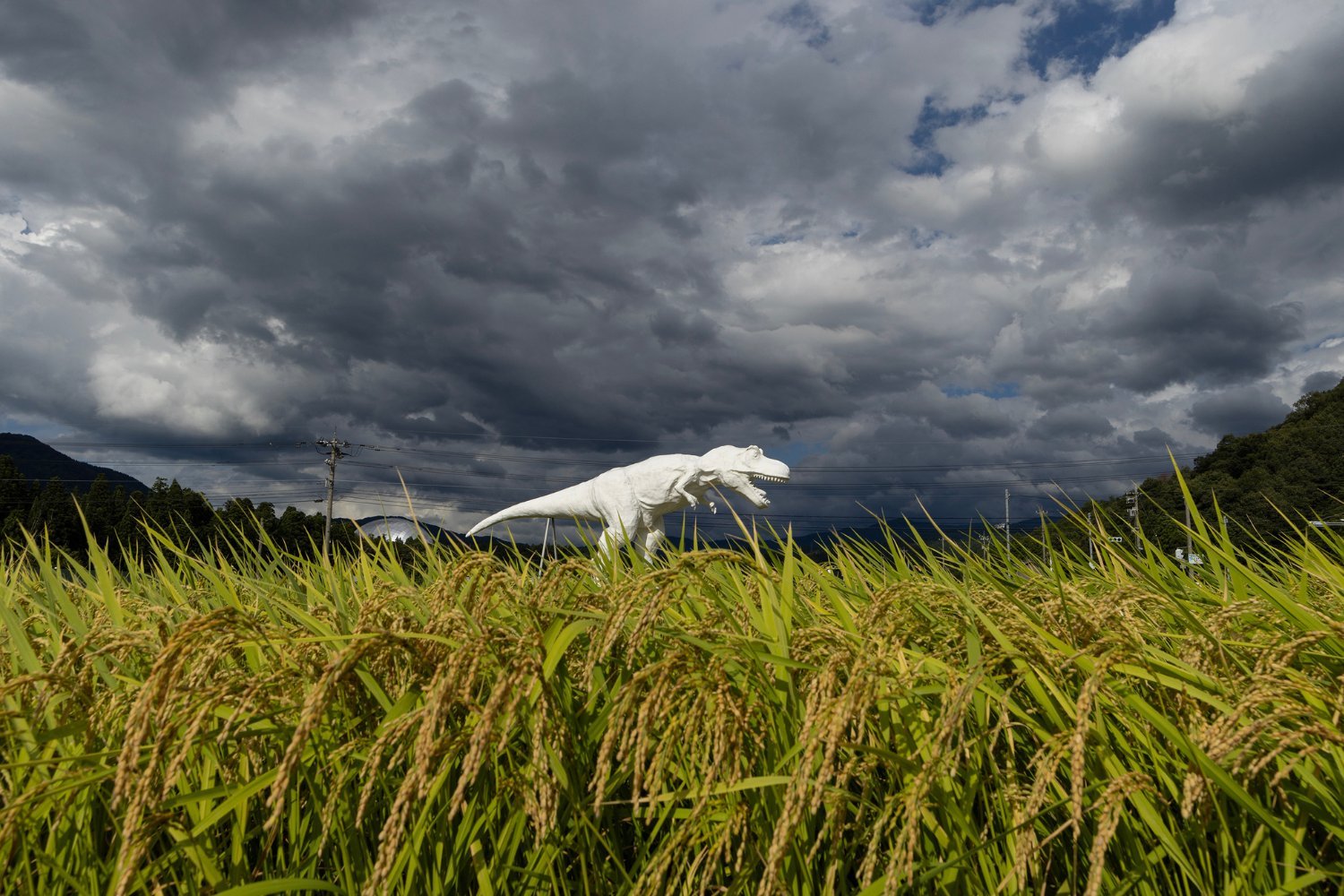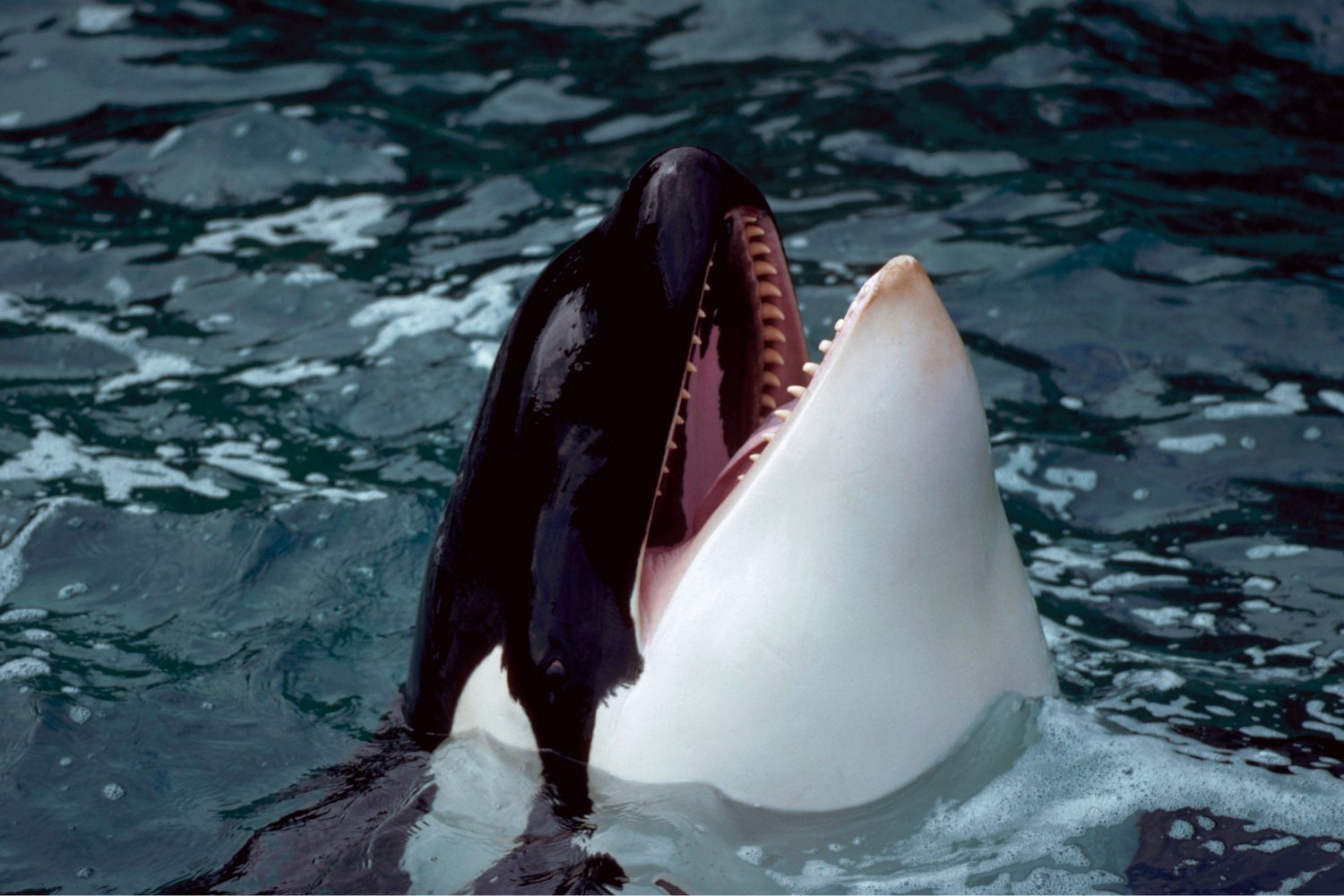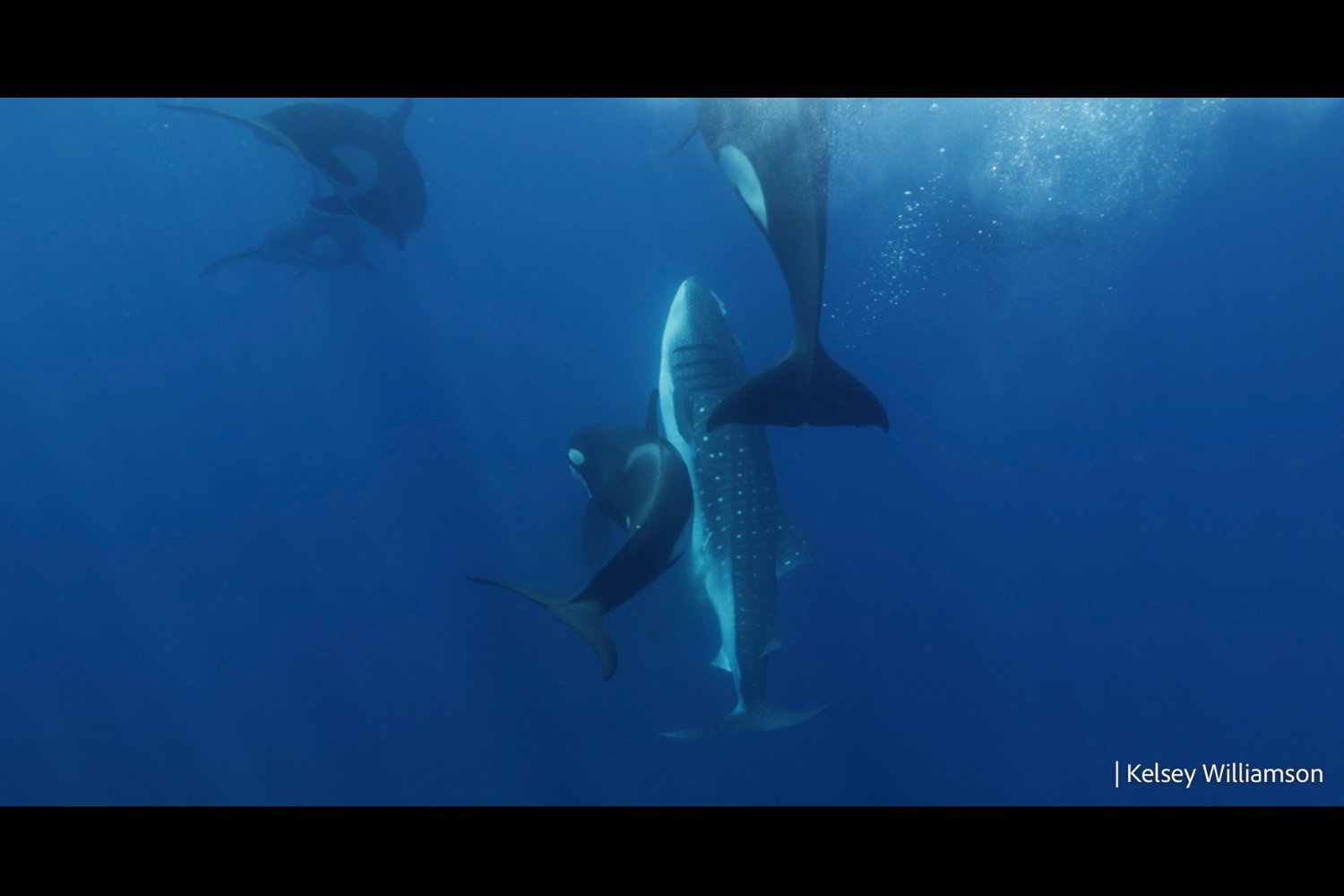A solitary bottlenose dolphin, nicknamed Delle, has been observed making a variety of vocalizations in the Baltic Sea’s Svendborgsund channel near Denmark, raising intriguing questions about dolphin communication and behavior. Researchers, who recorded over 10,000 of Delle’s sounds, believe this “self-talk” may be a consequence of his isolation.
Delle’s story began five years ago when he was first sighted alone in the channel, without a pod. Unlike other dolphins, who communicate through a complex system of clicks, whistles, and other sounds, Delle has no other dolphins to interact with. This unusual situation prompted researchers to investigate further. Between December 2022 and February 2023, they recorded a total of 10,833 of Delle’s vocalizations, which included clicks, whistles, and bursts typically associated with aggressive dolphin interactions. Their findings were published in Bioacoustics last month.
The researchers propose several possible explanations for Delle’s vocalizations. They suggest the sounds might be unintentional emotional expressions, serve purposes other than direct communication, or simply reflect the dolphin’s inherent need for social interaction. The nature of these sounds remains unclear, adding to the mystery surrounding Delle’s behavior.
Bottlenose dolphins are renowned for their intelligence, continually demonstrating remarkable abilities. Recent studies have revealed their capacity to sense electricity, potentially for locating hidden prey or navigating using the Earth’s magnetic field. While the specific purpose of Delle’s sounds is unknown, there are other documented instances of solitary dolphins and whales vocalizing without conspecifics present.
Although some solitary cetaceans vocalize to try and reconnect with others, the research team believes this is unlikely in Delle’s case. Having spent over three years in the channel before the recordings began, he would likely have realized the absence of other dolphins in the area.
Delle’s solitude, while seemingly harmless, contrasts with other cases of isolated dolphins exhibiting more concerning behaviors. In Fukui Prefecture, Japan, a lone dolphin bit several beachgoers, prompting warnings from the Japanese Coast Guard. Experts speculated the dolphin was seeking attention, noting that the bites weren’t severe enough to suggest malicious intent.
Loneliness in humans can manifest in similar ways, such as talking to oneself or lashing out. However, the researchers caution against drawing direct comparisons to other species with complex communication systems, emphasizing the need for further study.
Delle’s case provides a unique opportunity to understand how dolphins cope with isolation, though the meaning behind his vocalizations remains a puzzle. Whether he’s expressing joy, frustration, or simply distracting himself from the solitude, Delle’s story highlights the complexities of dolphin communication and the potential impact of social isolation on these intelligent creatures. He offers a poignant reminder of the importance of social connection, even in the animal kingdom.











